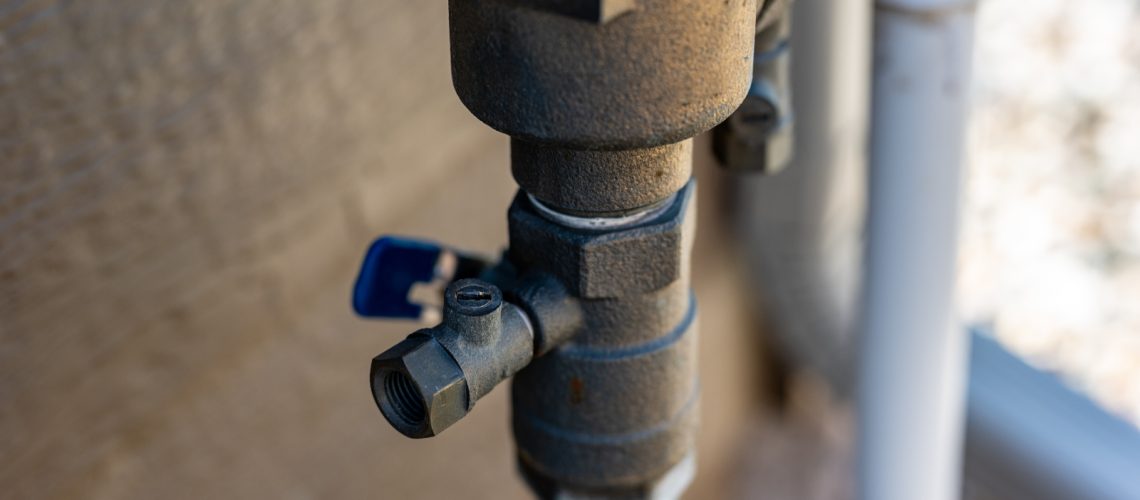When you have an irrigation system installed, you will learn a lot of new terms that you never thought you’d need.” Backflow preventer” is one of those terms, and if your sprinkler installation technician asks if you want one installed, you should understand what it is and what it does.
The advantages of a backflow preventer on an irrigation system
So, what exactly is a backflow preventer? This device connects to the building’s main water line and prevents water from flowing backward into the dwelling’s pipes. So why would you require one? If you use lawn fertilizer or any other potential contaminant, you don’t want it to end up in the same pipes that your drinking water comes from. These devices are required by law in some areas, so familiarize yourself with your local ordinances. Sprinkler systems, swimming pools, and other irrigation systems that use the building’s water line frequently require them. This video may be helpful if you are unsure what type of backflow preventer you require. So, what do you need to know about irrigation system backflow preventers?
Do backflows happen frequently?
Backflows are uncommon in a properly installed system, but they occur frequently enough to recommend installing such a device. Unfortunately, these events have resulted in cases of illness and injury and deaths as a result of hazardous material backflow into drinking and potable water sources. Fortunately, even if your current system lacks a backflow device, one can be easily installed.
What can cause a backflow?
Water and plumbing systems operate under pressure, and water naturally flows from high-pressure areas to low-pressure areas. A siphoning effect can occur in a sprinkler system if the water pressure in the line drops. Backflow occurs when there is increased back-pressure from the pump, particularly in poorly installed systems.
What does a backflow preventer do?
This is highly dependent on the type of system you have, which will determine the type of backflow preventer required. However, the device essentially uses pressure, vacuum, and air space, as well as atmospheric pressure, to ensure that water only flows in the proper direction in a water line. Pressure-activated “trapdoors” work in tandem with the water flow and pressure valves to open and close, ensuring that water flows in only one direction.
How do I know if I need one?
“Better safe than sorry,” as the saying goes. Even if your area does not require backflow preventers on irrigation systems, and be advised that most places in the country do, it is still worthwhile to install one for the peace of mind it provides. If your drinking water comes from a potable (drinking) source and the line to your kitchen sink is connected to the same line that feeds your garden hose, you should install a backflow preventer. Because this applies to the majority of residential dwellings, the safest assumption to make is that you do, in fact, require one.
What contaminants can come from irrigation systems?
Toxic chemicals like fertilizers and pesticides can easily seep into irrigation systems and backflow into homes if not prevented. Animal waste such as feces and urine can also enter irrigation systems. Even decomposing organic matter can harbor bacteria that, if consumed in drinking water, can be harmful.
It is critical to remember that backflow preventers must be installed correctly by an experienced technician to function correctly. They should also be inspected yearly to ensure that they are in good working order and are not deteriorating due to wear and tear. If you live in an area prone to freezing temperatures, the devices, like any exposed pipes, should be protected from freezing. With the proper device installed for your specific irrigation system, you can rest assured that your lawn is getting what it requires while your drinking water is safe.

